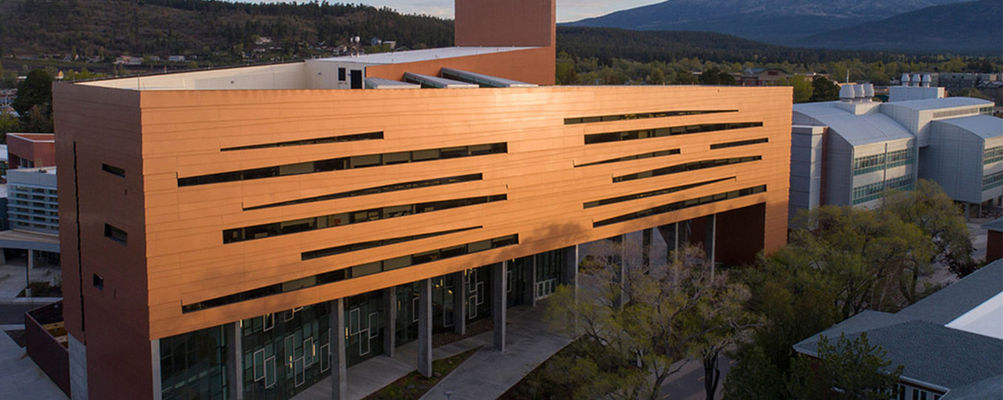Advantage of Public Transport
An up-close view of civilization as seen through the microscope of public transportation
A
Urban traffic congestion is perhaps the number-one bottleneck to public productivity in developed economies. Peak-hour congestion is only going from bad to worse in top metropolitans across the world, and at this rate, it will only worsen in the decades to come. This led to major parking problems and increased commuting times by a whopping 25%. Public transportation systems offer some respite from this growing issue. For example – each train running in Sydney Railways promises to take off at least 1000 cars from the road. Another solution could be greater population dispersal, from the major metropolitans to smaller towns and cities. It was assumed that advancements in telecommunications would achieve the same. However, research conducted by the ISTP team found that job density in urban areas either remained stagnant or rose sharply following years of decline in the 1980s. The reason behind this seemed to be the fact that a new and better world that relies on human creativity can only be envisioned through the lens of greater collaboration. So, people of related fields should come and work together.
B
With that being said, it is equally crucial to bring the flip side to light. Consider the city of Melbourne as an example – In a global survey, it was ranked among the 100 worst congested cities in the world or, simply put, one of the worst cities in the world to drive. You may wonder why this is so – mainly due to distorted urbanization that started with the vision of a new world collaboration. The traffic always seems to be the worst in the center of towns where crooked urbanization leads to narrow and non-linear roads that do not allow easy traffic flow. Perhaps this could be the reason for the growing demand for inner suburban settlements in Melbourne. A particular misconception surrounding this issue was the increase in public wealth. It was believed that the higher the income of the city's populace, the greater the tendency to own private vehicles. But, European cities (which are wealthier than their American counterparts) are proof that this is not true. Despite having a higher average income, these cities do not see car usage at par with some American urban settlements.
C
Even when it comes to public transport, there seems to be some biases, though not necessarily bad. For instance – Some cities see a greater preference for rail transport over other modes. Newman's study led him to believe that such preferences boil down to the democratic process of that city. Such cases are not uncommon. A few years back, when Federal money was invested in developing a new road in Portland, Oregon, local groups created pressure to choose light rail instead. In the end, the rail proposal did win and also worked remarkably well. Melbourne's strong and efficient tram network is another such example. In fact, as measured by its track length, Melbourne currently has the largest tram network in the world.
D
However, there are always downsides, especially if the system in place is a result of public bias. Though trams are much more sustainable than other modes of public transport, they are also involved in severe accidents. This is mainly because their tracks are often shared with public roads and their vulnerable users. This includes other drivers and pedestrians. Then there is the example of the city of Auckland, which is mainly hilly. Despite the public bias, developing a solid rail transport network in such a region is highly challenging and could even be dangerous. But, the pressing question is whether or not the urban dream can be achieved without a solid public transport system in place, and the answer is an emphatic no. One can take the example of the Australian city of Perth. Due to the lack of an efficient public transport system, nearly 17% of the city’s wealth went toward transportation costs. The same percentage was as low as 5% for some developed Asian and European cities.
E
While public transport and its heavy usage solve one side of the equation, the other seems to rest upon public awareness and distaste for vanity. With one-third of American households owning at least three cars or more, the traffic congestion issue is still here to stay. When it comes to traveling locally within the town, bicycle usage is recommended. In fact, this may prove to be better than a highly advanced public transport system, as proved through a study conducted by Newman. Two of the most bicycle-friendly cities of the study – Copenhagen and Amsterdam – were also the most efficient despite having average public transportation systems. And again, as confirmed by ISTP’s Director, Newman, such efficient cities also offer better job opportunities and enhance their residents’ overall quality of life.












